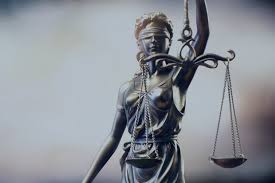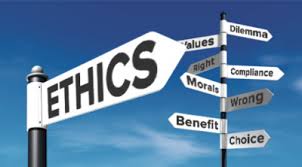Keren Landman
vox.com
Originally posted 20 Feb 24
Here is an excerpt:
What they found was, frankly, predictable: Before the Court’s decision, anxiety and depression scores were already higher in trigger states — a population-wide average of 3.5 compared with 3.3 in non-trigger states. After the decision, that difference widened significantly, largely due to changes in the mental health of women 18 to 45, what the authors defined as childbearing age. Among this subgroup, anxiety and depression scores subtly ticked up in those living in trigger states (from 4.62 to 4.76) — and dropped in those living in non-trigger states (from 4.57 to 4.49). There was no similar effect in older women, nor in men.
These differences were small but statistically meaningful, especially since they sampled the entire population, not just women considering an abortion. Moreover, they were consistent across trigger states, whether their policies and political battles around abortion had been high- or low-profile. Even when the researchers omitted data from states with particularly severe restrictions on women’s reproductive health (looking at you, Texas), the results held up.
It’s notable that the different levels of mental distress across states after Roe was overturned weren’t just a consequence of worsened anxiety and depression in states with trigger bans. Also contributing: an improvement in these symptoms in states without these bans. We can’t tell from the study exactly why that is, but it seems plausible that women living in states that protect their right to access necessary health care simply feel some relief.
Here is the citation to the study:
Thornburg B, Kennedy-Hendricks A, Rosen JD, Eisenberg MD. Anxiety and Depression Symptoms After the Dobbs Abortion Decision. JAMA. 2024;331(4):294–301. doi:10.1001/jama.2023.25599
Conclusions and Relevance In this study of US survey data from December 2021 to January 2023, residence in states with abortion trigger laws compared with residence in states without such laws was associated with a small but significantly greater increase in anxiety and depression symptoms after the Dobbs decision.



















